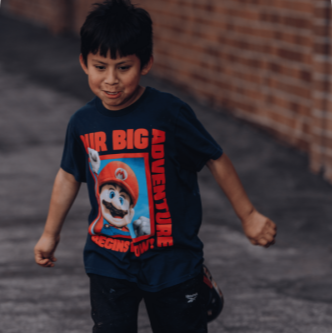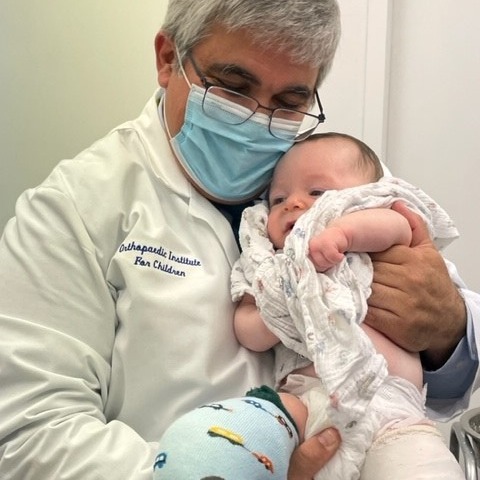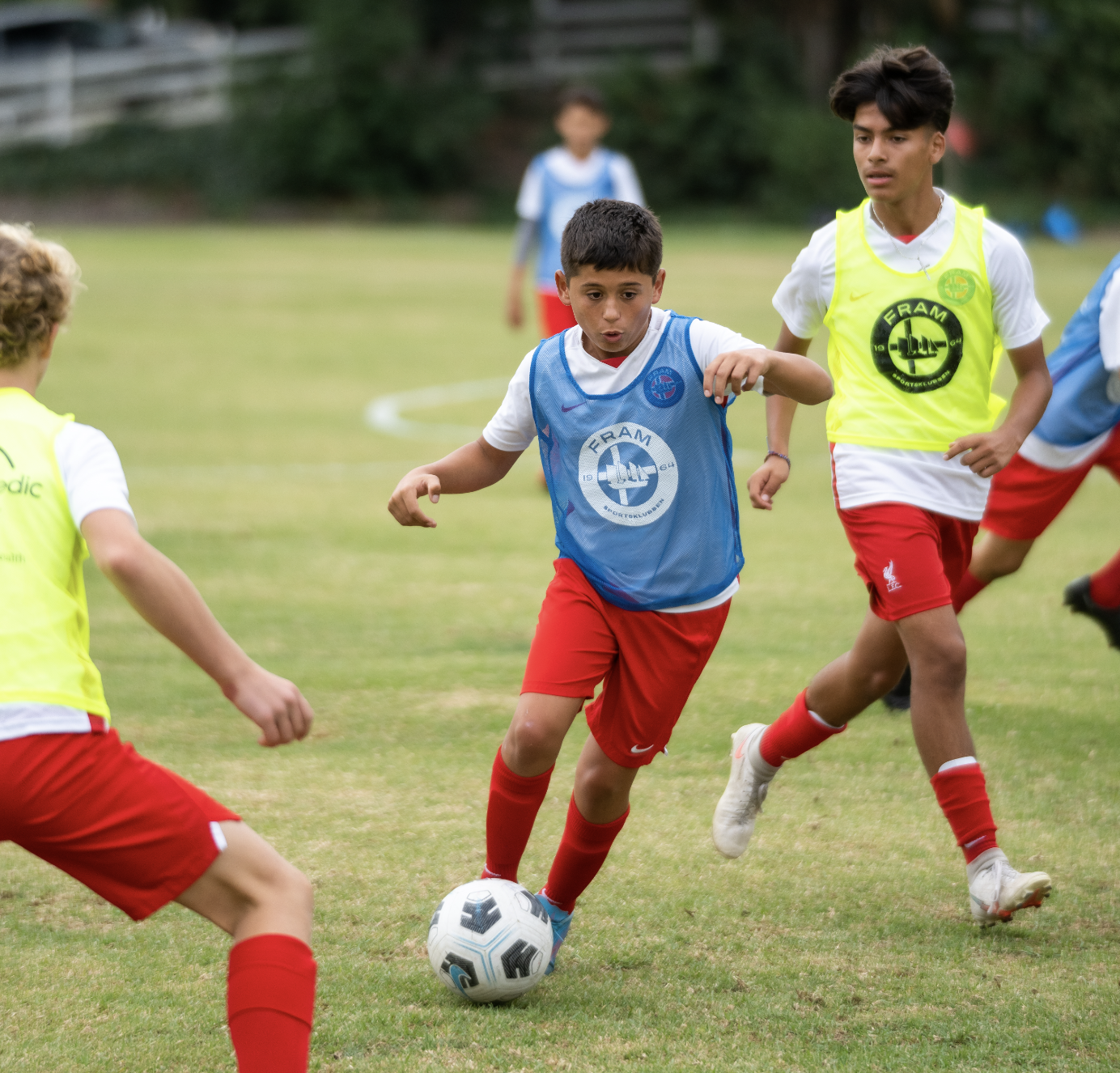5 Common Kids Sports Related Injuries – And How To Treat Them
Participating in sports is an excellent way for children to stay active, learn teamwork, and develop essential life skills. However, along with the benefits, there is a risk of sports-related injuries. As a parent, it’s essential to be aware of these potential risks to help prevent and manage injuries effectively. In this article, we will discuss the top 5 kids sports related injuries, and provide practical tips on how to keep your young athlete safe.
Request an appointment for Sports Medicine - Patients: (213) 741-8330 Referring physicians: (213) 741-8331

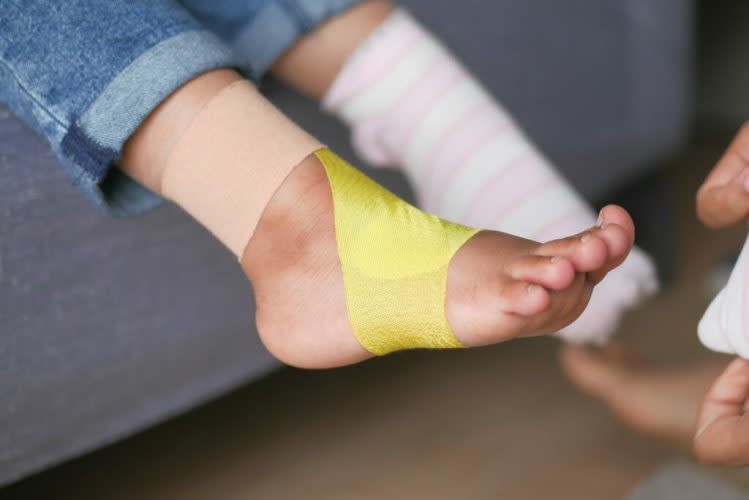
1) Sprains and Strains
Sprains and strains are some of the most common sports-related injuries among children. A sprain occurs when a ligament is stretched or torn, while a strain refers to an injury to a muscle or tendon. These injuries often happen during activities that involve sudden movements, changes in direction, or overexertion. Sprained ankles, pulled hamstrings, and ACL tears (which we talk more in depth here) are common examples of this type of injury.
Prevention Tips:
Encourage proper warm up and cool down routines before and after sports activities
Make sure your child wears appropriate protective gear, such as supportive footwear and braces
Teach your child the importance of staying hydrated and not pushing themselves beyond their limits

2) Growth Plate Injuries
Growth plate injuries, often referred to as physeal fractures, occur at the growth plates, areas of developing tissue located at the end of long bones in children. Since these plates are more delicate than the mature bone, they are more prone to fractures during high-impact activities or accidents. Growth plate injuries can disrupt normal bone growth and development, potentially leading to long-term complications if not managed properly. Some sports such as boxing or football can have the potential for damaging the plates. Prevention Tips:
Ensure that children engage in age-appropriate and skill-level specific activities. Gradually introduce new exercises and techniques, allowing their bodies to adapt and build strength over time.
Encourage participation in a variety of sports and activities rather than focusing solely on one.
Prioritize rest days and sufficient sleep for young athletes. Adequate rest supports the body's natural growth and recovery processes, lowering the risk of overuse injuries that can impact growth plates.
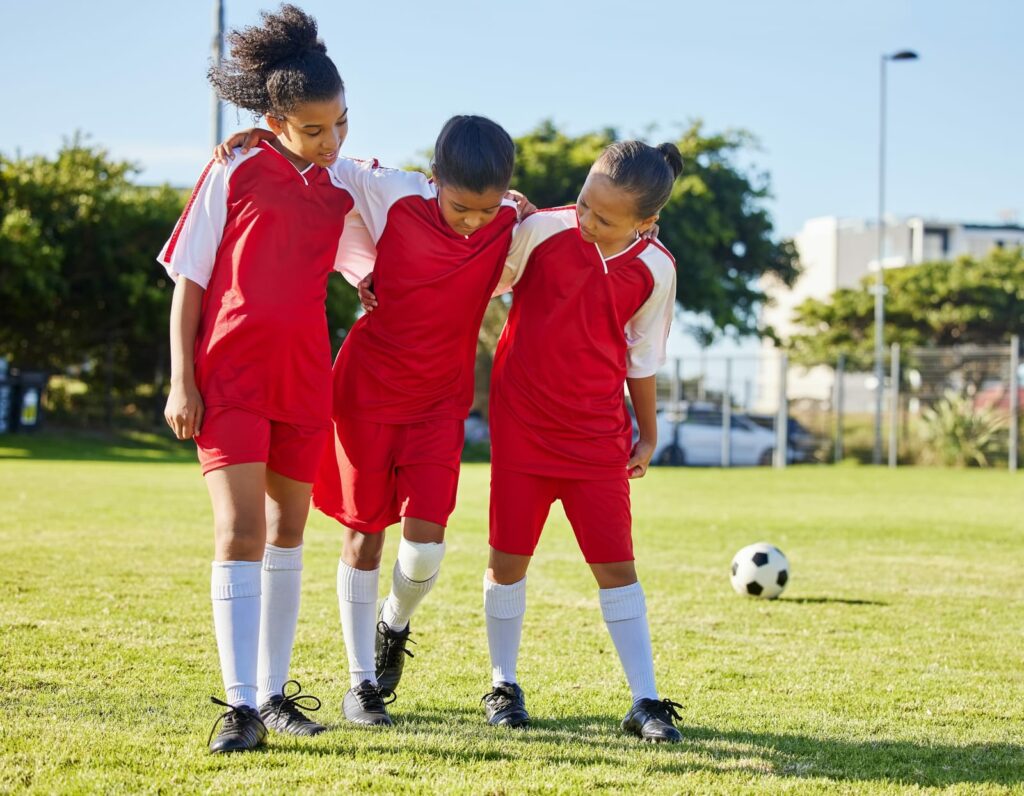
3) Fractures and Dislocations
Fractures and dislocations can occur when children fall, collide with others, or experience direct blows while playing sports. Bones in the wrist, forearm, ankle, and collarbone are particularly vulnerable. These injuries are more prevalent in contact sports like football, boxing, and martial arts. Prevention Tips:
Ensure your child uses appropriate safety equipment like helmets, knee pads, and mouth-guards.
Ensure playing surfaces are well-maintained and free from hazards.
Encourage coaches and trainers to emphasize proper techniques and safe play.
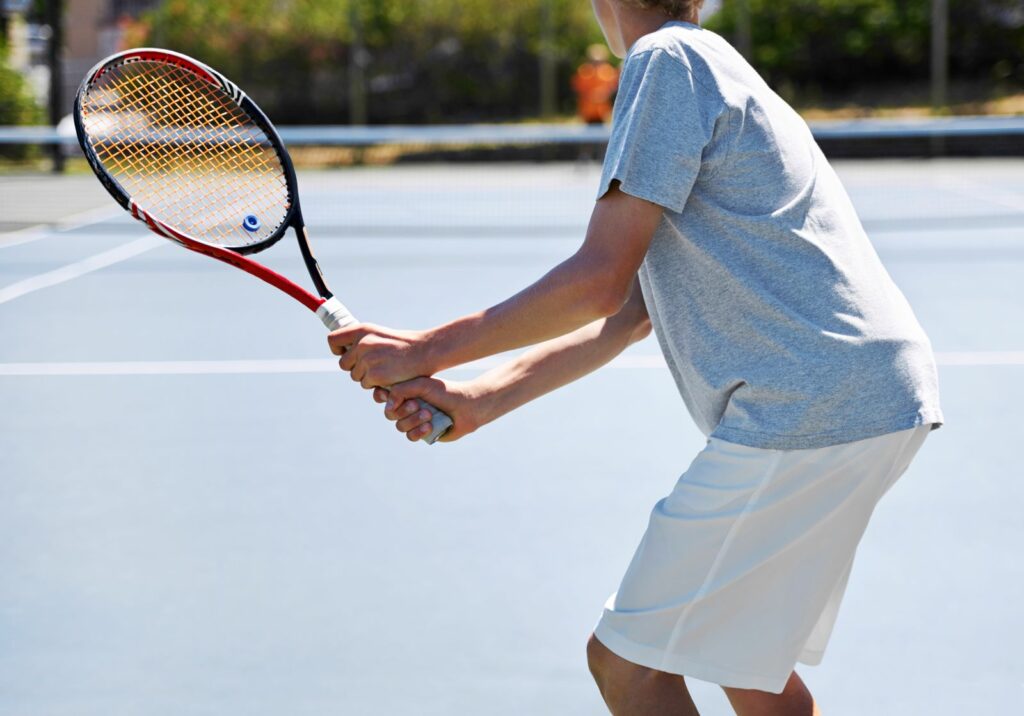
4) Overuse Injuries
Overuse injuries are a result of repetitive stress on muscles, tendons, and bones over time. Young athletes involved in activities that require repetitive movements, such as running, swimming, or pitching, are at higher risk. Common overuse injuries include tennis or golf elbow, stress fractures, and swimmer’s shoulder.
Prevention Tips:
Encourage your child to participate in a variety of sports and not specialize in one too early.
Monitor training intensity and ensure adequate rest days in between intense workouts.
Teach your child to listen to their body and communicate any pain or discomfort to coaches and parents.

5) Concussions
Concussions are a type of traumatic brain injury that can occur in contact sports or any activity with a risk of falling, such as football, hockey or basketball. While not always obvious, concussions should be taken seriously as they can have long-term consequences on a child’s health and cognitive function.
Prevention Tips:
Make sure your child wears appropriate headgear and helmets, especially in contact sports.
Teach coaches and staff about concussion protocols, emphasizing the importance of reporting and managing potential head injuries.



